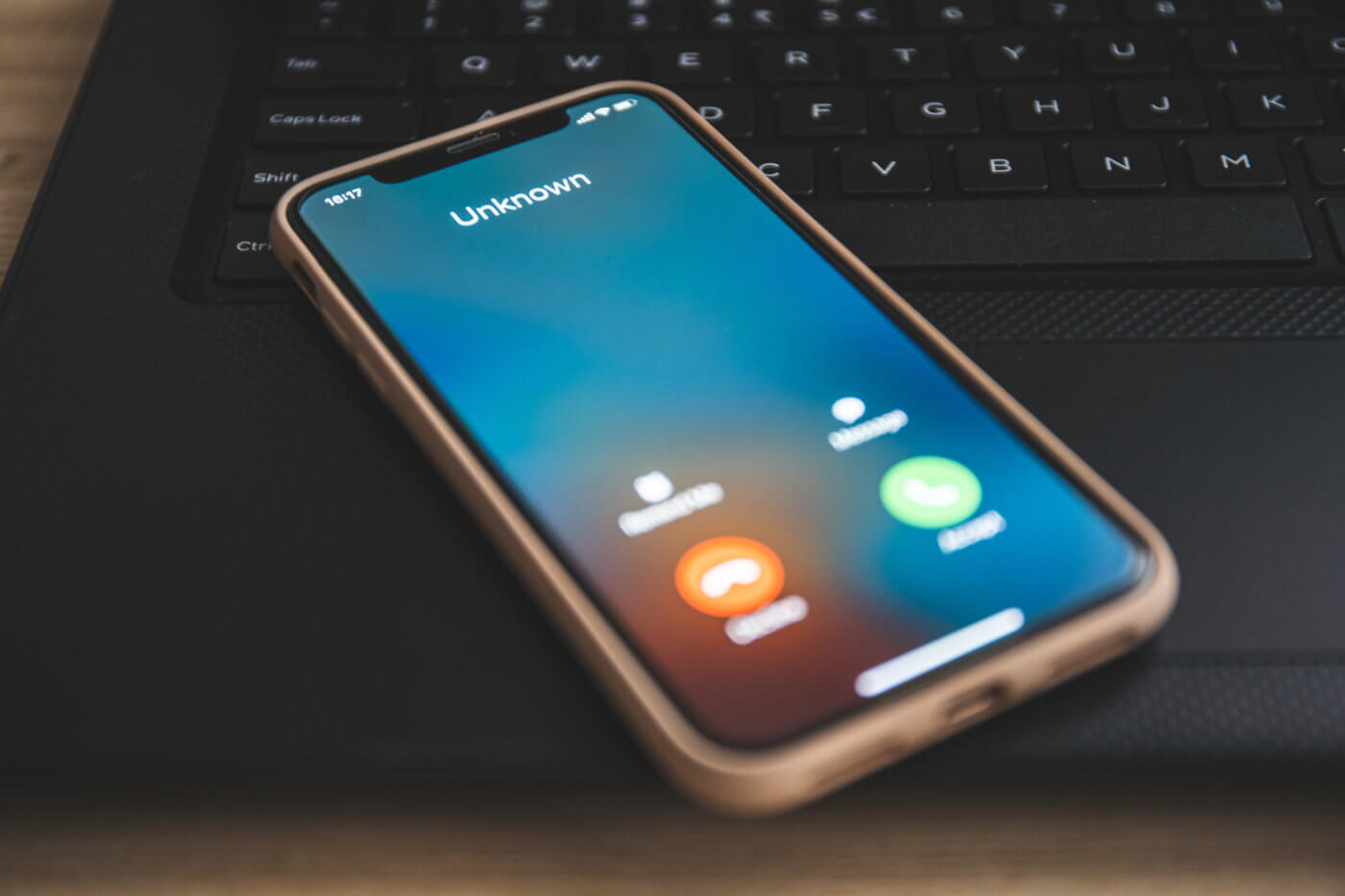Fewer and fewer people answer phone calls. There are many reasons why this happens, but one of the most common reasons given for why they don’t answer is because they don’t recognize the number.
We have all fallen victim to a telemarketing robocall before. You’ve been sitting at your desk at work, at home eating a family dinner or in the middle of an important call, when suddenly you get a notification from a “potential spam” caller.
Because of this issue with unwanted calls, both robocalls and voicemail drops have had their legality challenged. But there are some significant differences between an unsolicited robocall and a voicemail drop.
Robocall Spam
These calls are made through an auto-dialing program. While some of these calls might actually be helpful and useful to the consumer, the majority of these in recent times have consisted entirely of spam calls.
These robocalls are:
- Unwanted calls that deliver a pre-recorded message that can prompt you to press a keypad and speak to a representative.
- Numbers that contact your phone directly.
- Often from an unrecognized number and can be used to try to sell you something.
- They are often used by spammers and can include misleading and sometimes threatening language.
- Seen as a nuisance. They are cheap and can be made easily over the internet, which is why they’ve become so prevalent.
These illegal and spoofed robocalls are the FCC’s top consumer complaint and top consumer protection priority. The FCC has committed itself to crack down on illegal calls by issuing hundreds of millions of dollars in enforcement actions against illegal robocalls.
These calls are very different from a voicemail-dropping tool like DirectDrop Voicemail.
Voicemail Dropping
Voicemail dropping is a personalized solution for reaching thousands of consumers in a matter of minutes.
Through this service, you can offer a specialized message that meets the legal requirements and has built-in features like campaign pacing to make sure you run safe and secure campaigns.
Some of the big differences between voicemails and robocalls are:
- These messages are a direct-to-voicemail technology that sends messages to clients without ringing their phones.
- This service is used specifically so you don’t catch a consumer at a bad time. The goal is to instead enable them to answer in their own time.
- These messages are legal under the CFPB’s Reg. F as long as they are crafted to make sure you include what must be detailed in a limited content message.
- These messages are specific and made with clear instructions to give you the opportunity to resolve the call.
The purpose of a voicemail drop should be to help your business deliver its message to more people. Voicemail drops help solve for a lack of call center agents and help you turn your inbound call center into an outbound call center.


